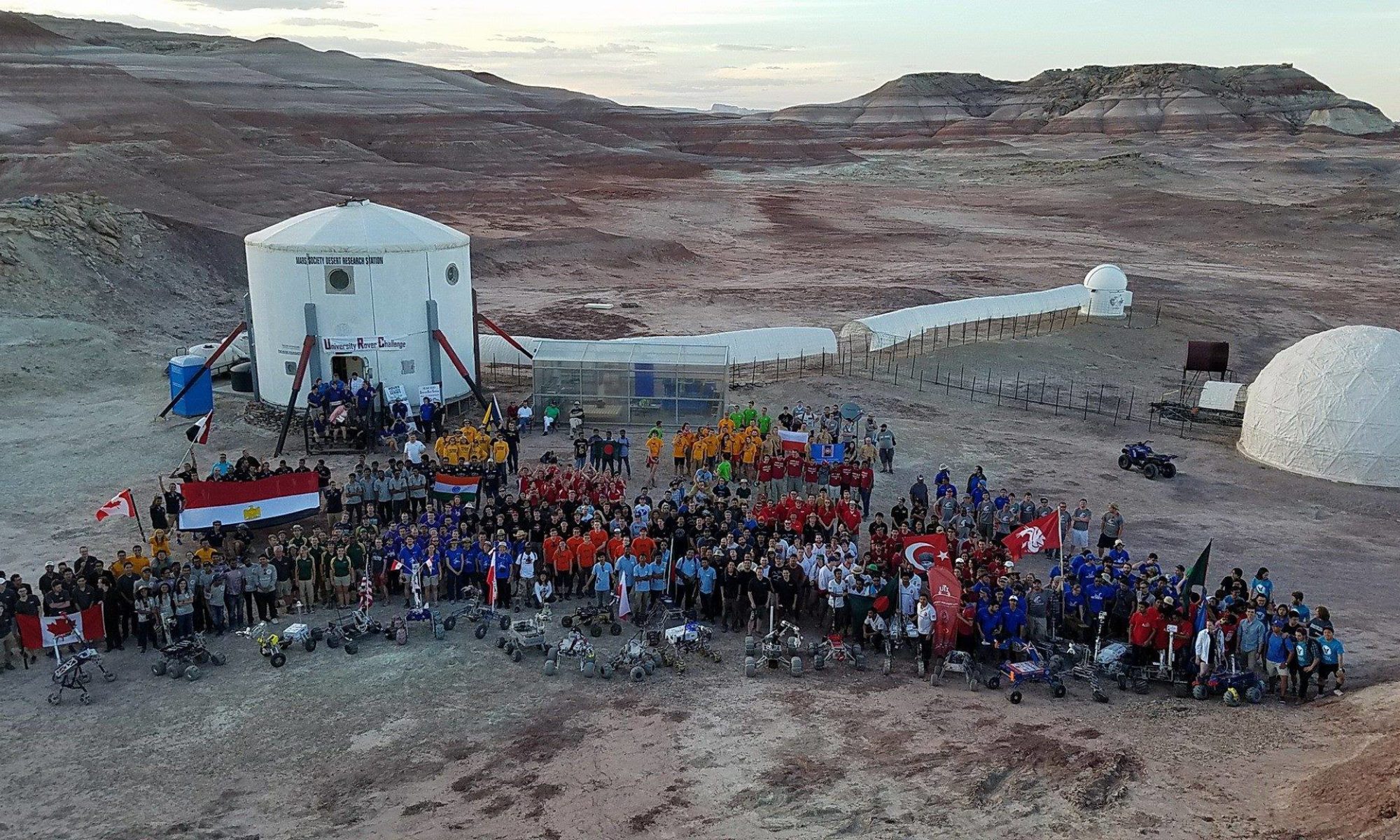To Build a Home
“I would say that failure to terraform Mars constitutes failure to live up to our human nature and a betrayal of our responsibility as members of the community of life itself.” – Robert Zubrin, founder of the Mars Society.
In 2016, SpaceX’s took the spotlight of the International Astronautical Congress by delivering an ambitious speech. Their promise was nothing less than making humanity a multi-planet species by stepping up the space game and colonizing Mars. This prospect inspired generations of space enthusiast to come, but for the average person watching from the outside, one might think that colonizing Mars can be done just by mastering the technology to get there. That has in fact been SpaceX’s focus for the past decades through their launch vehicles, however occupying Mars will take much more than engineering acumen. What we really need to do long-term is to terraform Mars.
In Sol 8, Crew Montes started doing its due diligence of learning more about the complexities of this long-term vision. Here is a succinct and non-exhaustive list of steps on Terraforming Mars according to its homonym board game:
1) Create an ocean covering around 15% of its surface;
2) Raise the oxygen levels towards 14% (compare to Earth’s at 21%);
3) Increase he global temperature of the equator from -30°C to ~8°C;
4) Do all the rest.
However much Steps 1,2 and 3 might seem intimidating, Step 4 is definitely the trickiest. The "rest" here includes, but is not limited to: farming, decomposing organisms, electricity generation, magnetic shields for radiation, autonomous landers, mining operations, photosynthesizing bacteria, fuel production, greenhouse gas production, and, well… doing everything else we already do on Earth. Sounds like a long way to go.
We do, however, need to start from somewhere. Today, our crew went back to Eos Chasm in a search-and-rescue EVA to retrieve a missed piece of equipment. After two sols there, the crew is familiarized with the place, so we successfully found our target and collected some more electromagnetic data. One aspect, however, stood out to our EVA team today: the Chasm seems to transform as you walk down the path towards its depths. The arid desert is slowly rejoiced with life as the presence of water approaches, slowly painting the closest tone of green that we could find on Mars. Maybe there is a solution if we push towards Step 1.
Step 2 doesn’t fall behind in the hierarchy of needs, though. Our Green Hab Officer, Murph, is working diligently into cracking the art of growing plants like a pro, which would allow us to progressively fill the Martian atmosphere with oxygen. But her goals here are even more ambitious. If the Mycoponics technology is successfully demonstrated, decomposing organisms will be our way to recycle any waste using mushrooms. Unfortunately, Step 3 is still an obstacle, since the mushrooms were found to be very sensitive to temperature changes outside their chamber. Step by step, though, she is slowly getting there, by learning how to better manipulate the environment’s condition according to her will. That is, after all, the secret to colonizing a planet.
The dream of terraforming Mars used to be impossible, but now it is slowly becoming progressively more feasible. The research that we are doing here on Mars also envisions many of the incremental tasks from Step 4 that will make us achieve the other goals faster. For example, automating the generation of electricity through Messiah’s in-situ solar panel construction can also ultimately contribute to increasing the temperature of Mars (Step 3). Another example is Genie’s research on Martian magnetism, which could eventually be used by a next generation of explorers for creating a magnetic field that helps shielding the atmosphere from solar wind, resulting in an increase in oxygen levels (Step 2).
More than anything, I believe that creating the impossible is what humans were made to do. We managed to defy all odds, by manipulating electricity, sending probes to space, colliding particles, and even observing black holes. These testaments of human ingenuity make me optimistic that, one day, the vision of building a new home away from home is not as far as it seems. I hope that our crew can carry the legacy of Robert Zubrin and show how the human nature can move mountains. Or, in our case, move Montes.
Hermit out.

